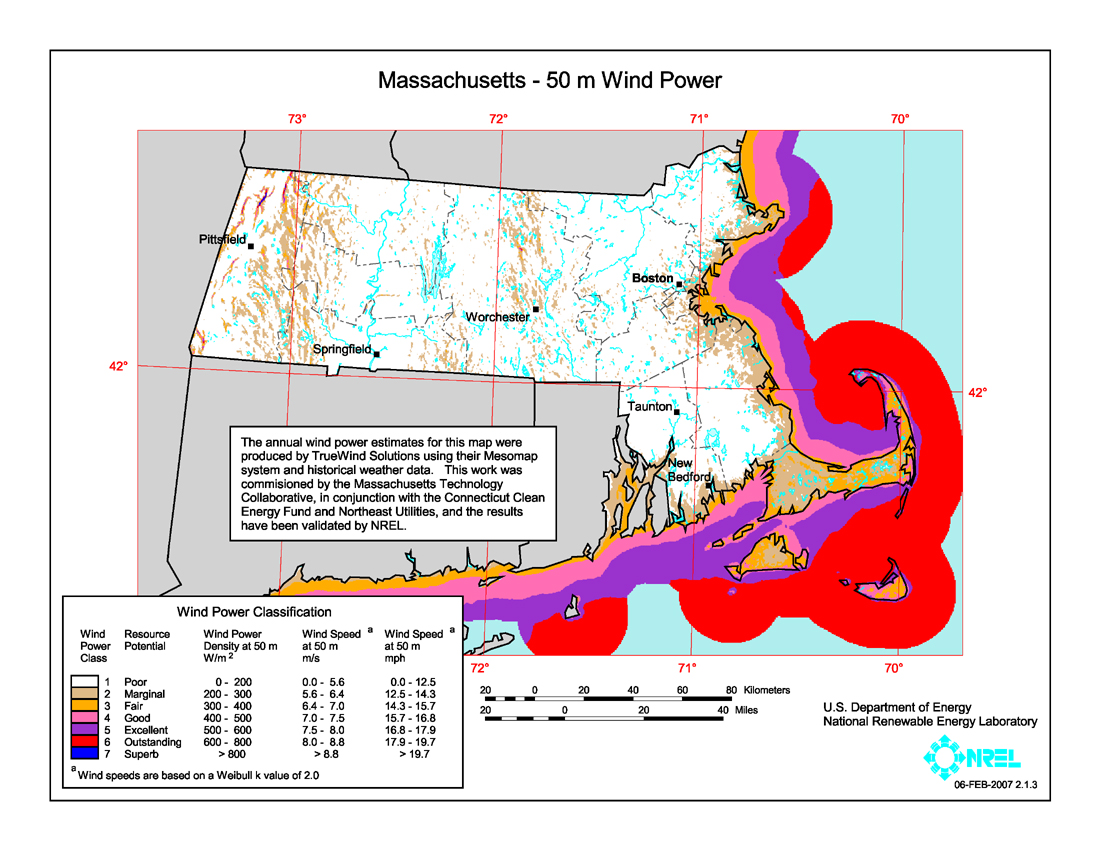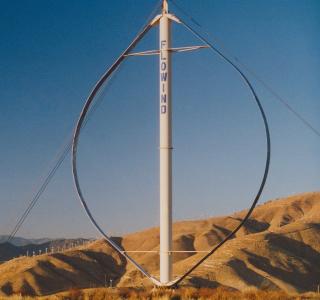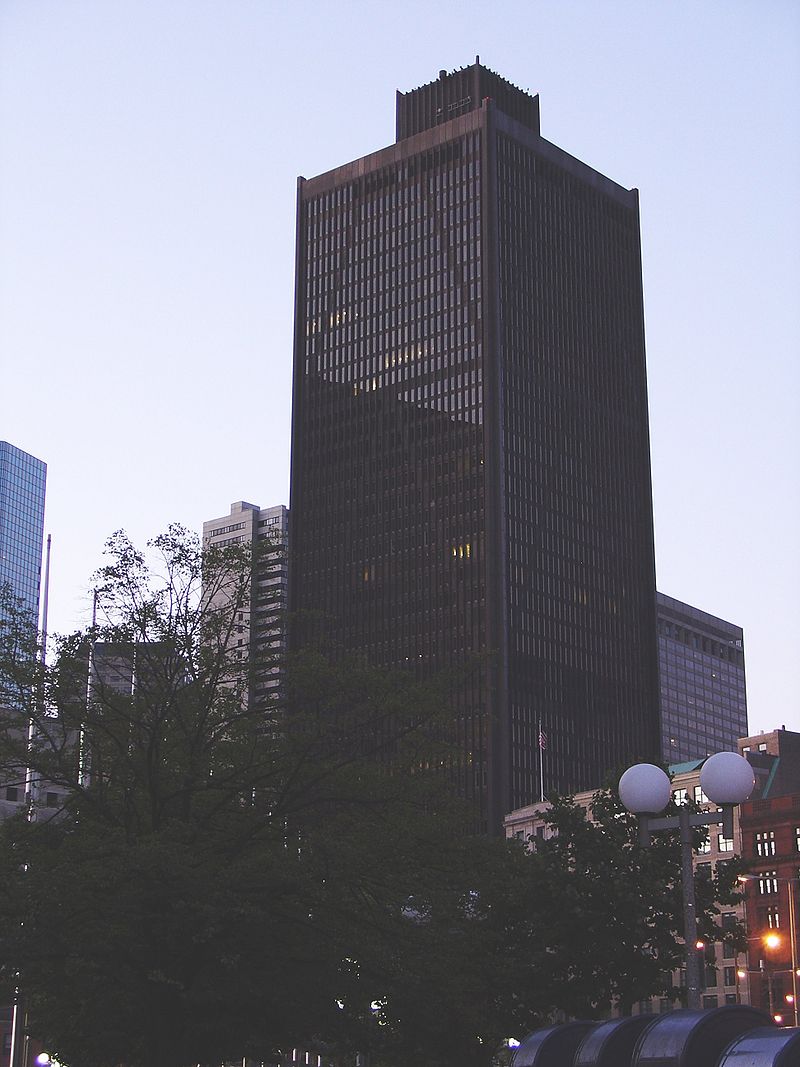lapradetom
Active Member
- Joined
- Feb 7, 2015
- Messages
- 296
- Reaction score
- 8
With Boston being the countries' windiest city, it would seem that wind power could be incorporated somehow into our building designs, doesn't it? I'm not talking about just sticking giant windmills everywhere, either. (Palm Springs,Cal scenery is destroyed, due to that aspect) But it would seem that with the multitude of technology rich center's of learning in our area (MIT,Harvard,etc.), someone could design a better looking way to harness wind energy, than with giant windmills. (???) Could windmills be small/hidden, as in an array of them hidden behind mesh/lattice (?) type material on top of a building?....I don't pretend to know the mechanics of wind power. If there is a minimum size unit needed to generate any sort of useful power effect, then my idea is probably useless. (especially when cost effectiveness is factored in)...food for thought, anyway.



